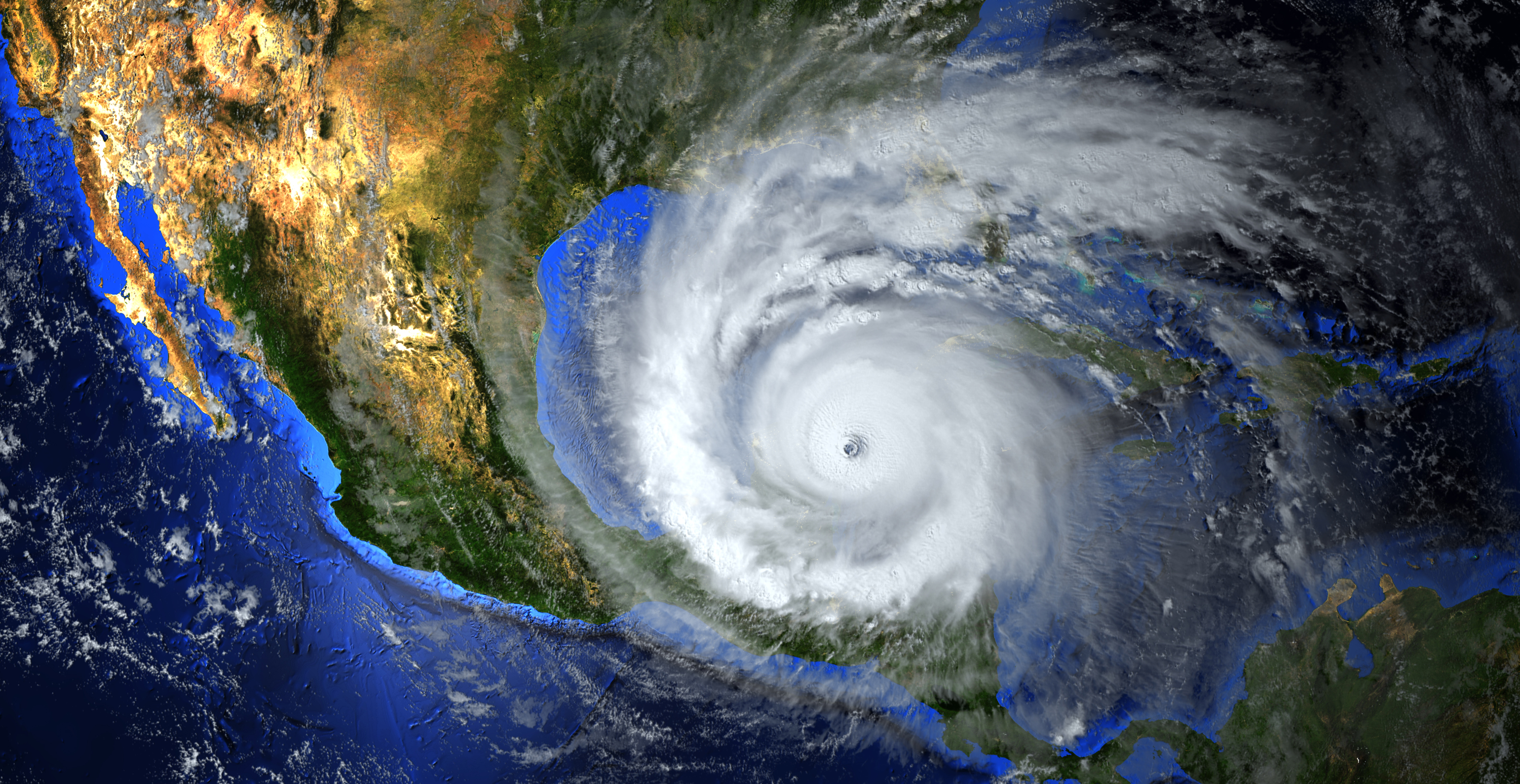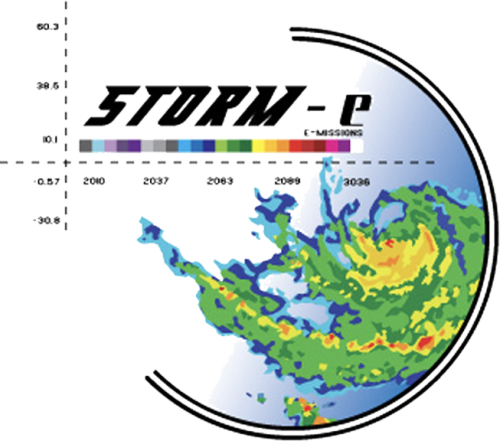Storm-e (New York City version)
Student Site
Nor'easters
Nor'easters are storms that move north up the East Coast of the United States. Although they can occur at any time of the year, severe winter nor'easters are especially dangerous. Cold temperatures and high winds combine to produce unhealthy wind chills. Strong northeasterly winds that blow in off the ocean cause huge waves that crash onto Atlantic beaches. This often causes beach erosion and property damage. Heavy precipitation can accumulate very quickly in the form of rain, freezing rain, sleet, or snow.
A successful winter storm forecast should say what kind of precipitation (rain, freezing rain, or snow) will fall, when it will start, how long it will last, how hard it will be, and exactly where it will fall. This is especially hard for meteorologists when dealing with nor'easters, which are often unpredictable. So, what clues does a meteorologist look for when predicting a nor'easter?
Nor'easters usually develop off the coast of North Carolina when the cold Labrador current and the warm Gulf Stream current meet. The contrast in the air temperatures above these currents help form a low pressure system. At the same time over Canada, winds circulate in a clockwise motion around a high pressure system. These winds dip deeply into the Northeastern United States bringing cold Canadian temperatures to support the formation of snow.
The low begins to move north up the coast. At the same time, air rushes counterclockwise around it, bringing winds that blow from the Northeast toward the Southwest. These winds pick up moisture from the ocean. The movement of the winds and precipitation from the Northeast is why this storm is called a nor'easter. Picture a giant, wet Frisbee spinning counterclockwise as it flies north along the Atlantic Coast and you'll see the movement of a nor'easter.

